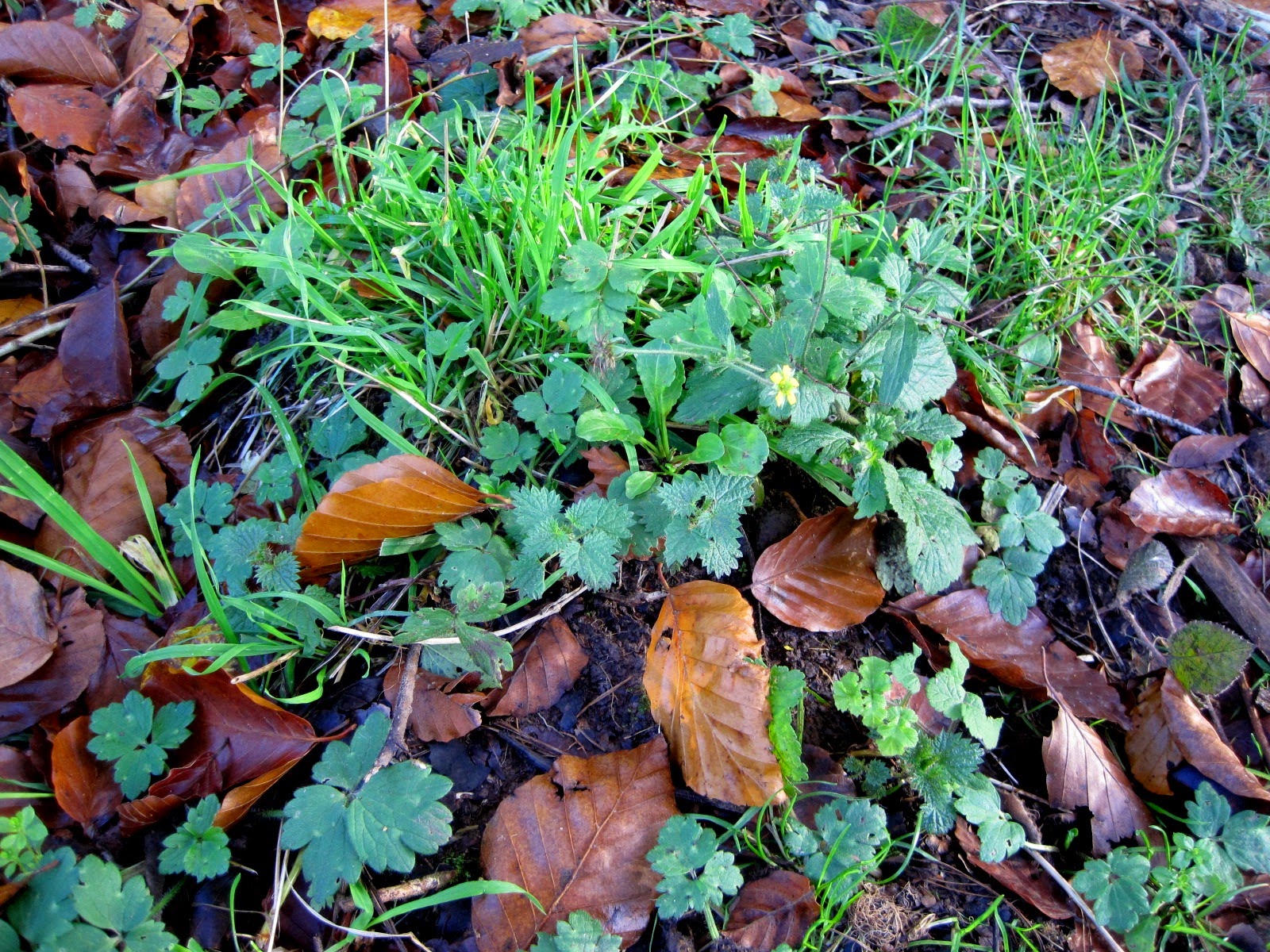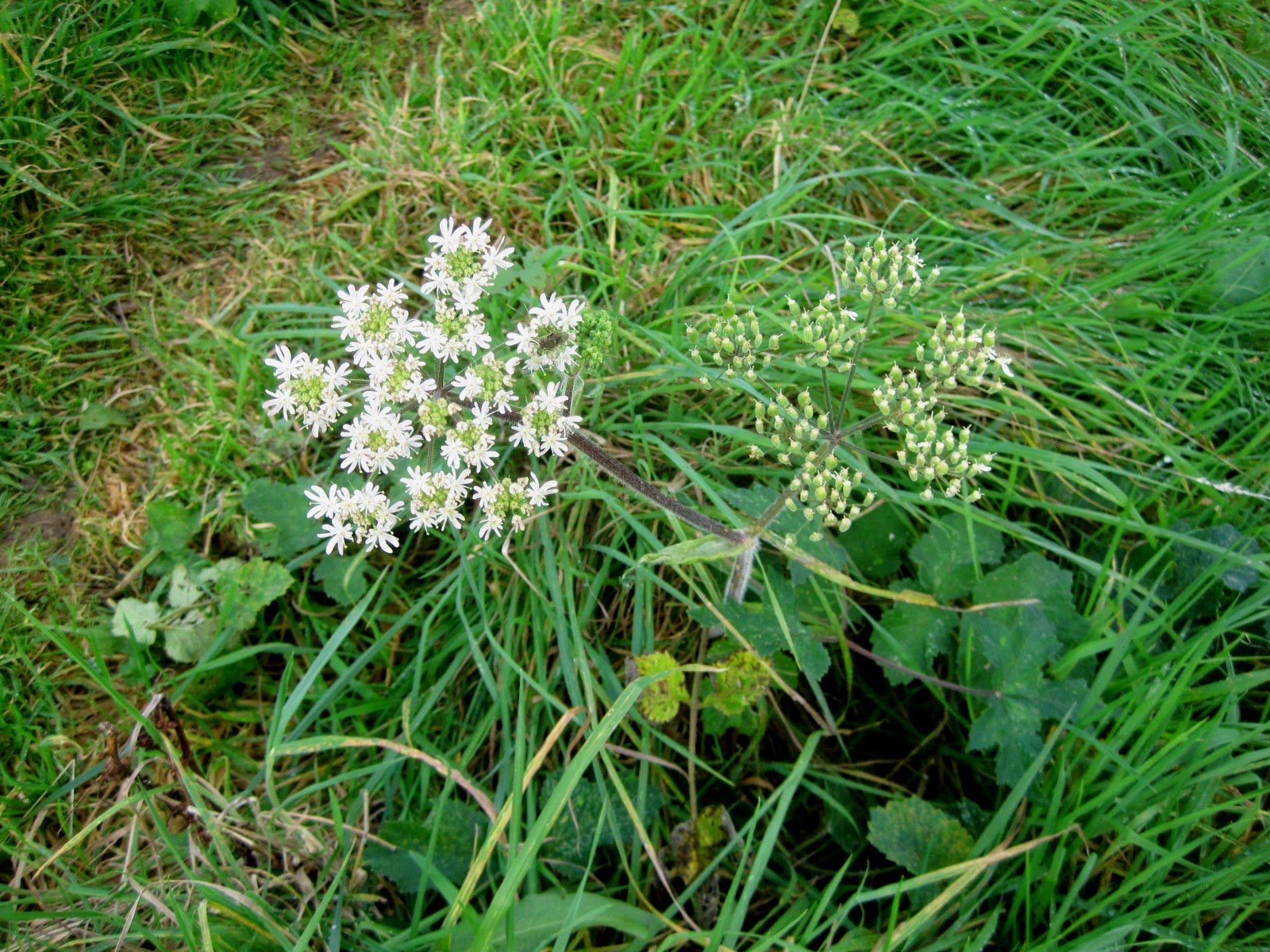image from www.wildaboutgardens.org.uk
One of our aims at Filnore Woods is to create flower-rich fields by mowing the grass annually.
One of our aims at Filnore Woods is to create flower-rich fields by mowing the grass annually.
This meadow is near Thwaite in Swaledale
This is hard work with scythes, so we may not be able to cut as much as we would like. However if we maintain a long grass habitat it is at least good for voles,
which may attract raptors like kestrels and barn owls.
Where we can maintain annually cut grass, this will encourage wild flowers, which in turn will favour the many insects that enjoy the pollen and nectar provided by the flowers.
photographed at Filnore Woods
One important group that we hope to help is the bumble bees, and here is a link to an identification guide for the eight most common.
On Tuesday 11th September there was an interesting Bumble Bee feature on Radio 4 in the programme called "The Life Scientific." with Professor Dave Goulson, who founded the Bumble Bee Conservation Trust.
He lamented the loss of 97% of flower-rich hay meadows in England since the second world war. 100 years ago we had 7 million hectares so apparently we have lost 6,790,000hectares. Here are some pics from Filnore.
There are 24 different bumble bees in Britain, only one honey bee species and 225 (! ! !) solitary bees. All these, plus numerous flies, moths and other insects, are important for pollination and are under threat.

photos from bumblebee conservation trust website
As Dave Goulson says, "Something is going wrong with our countryside. Everything's disappearing."
We must do what we can.
We must do what we can.

















































